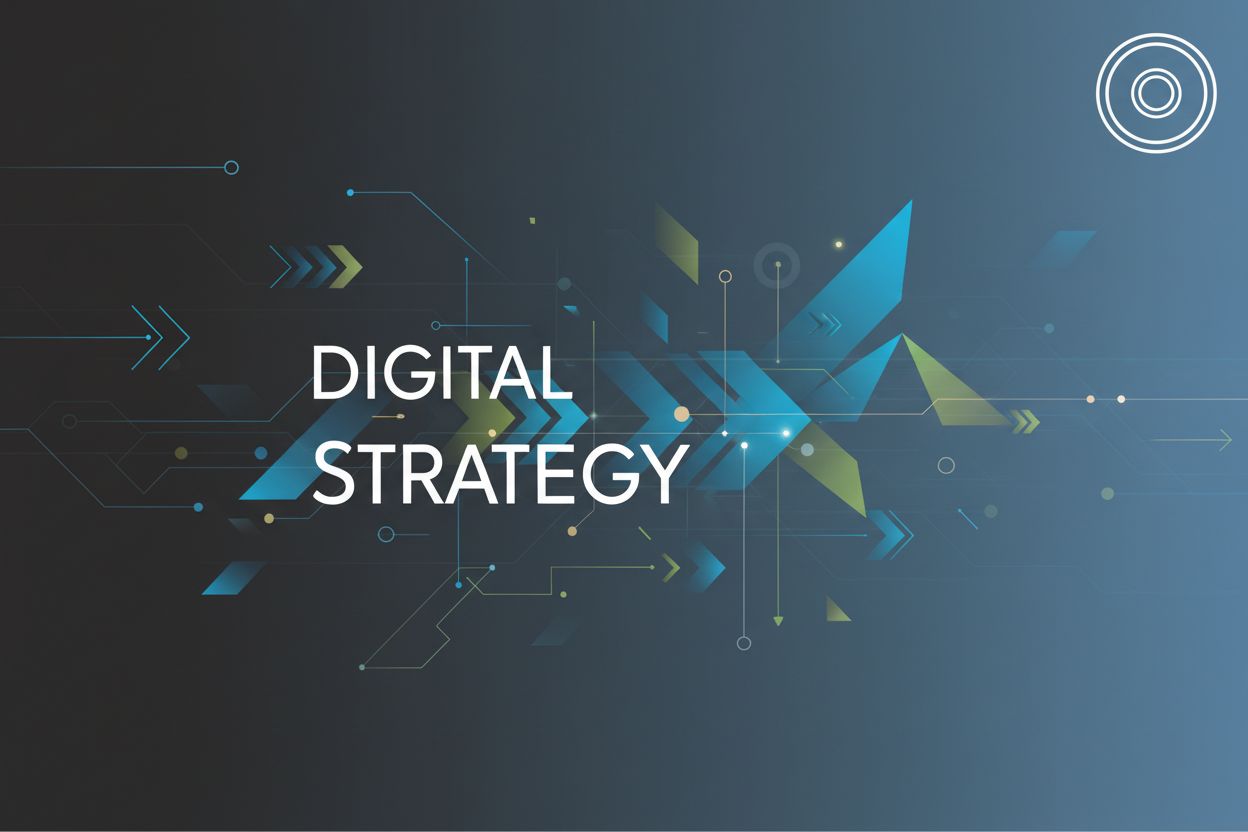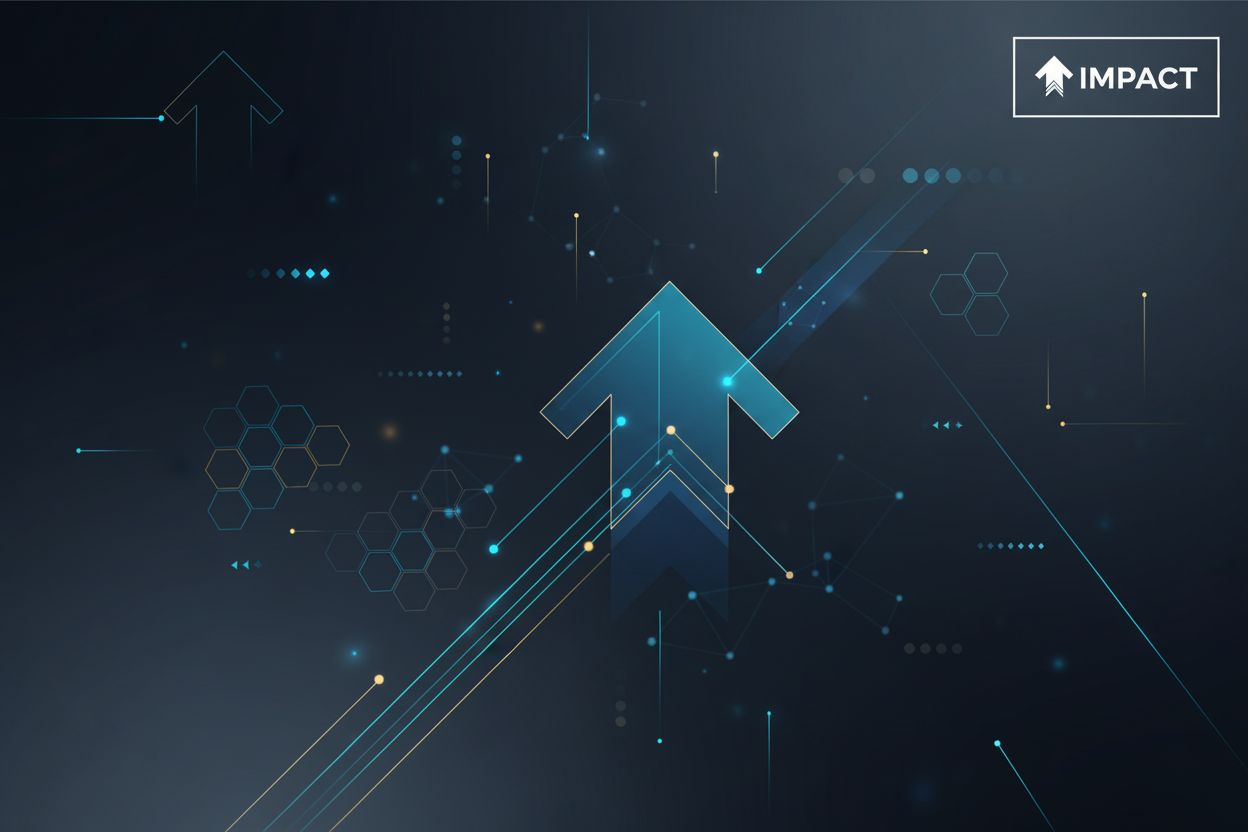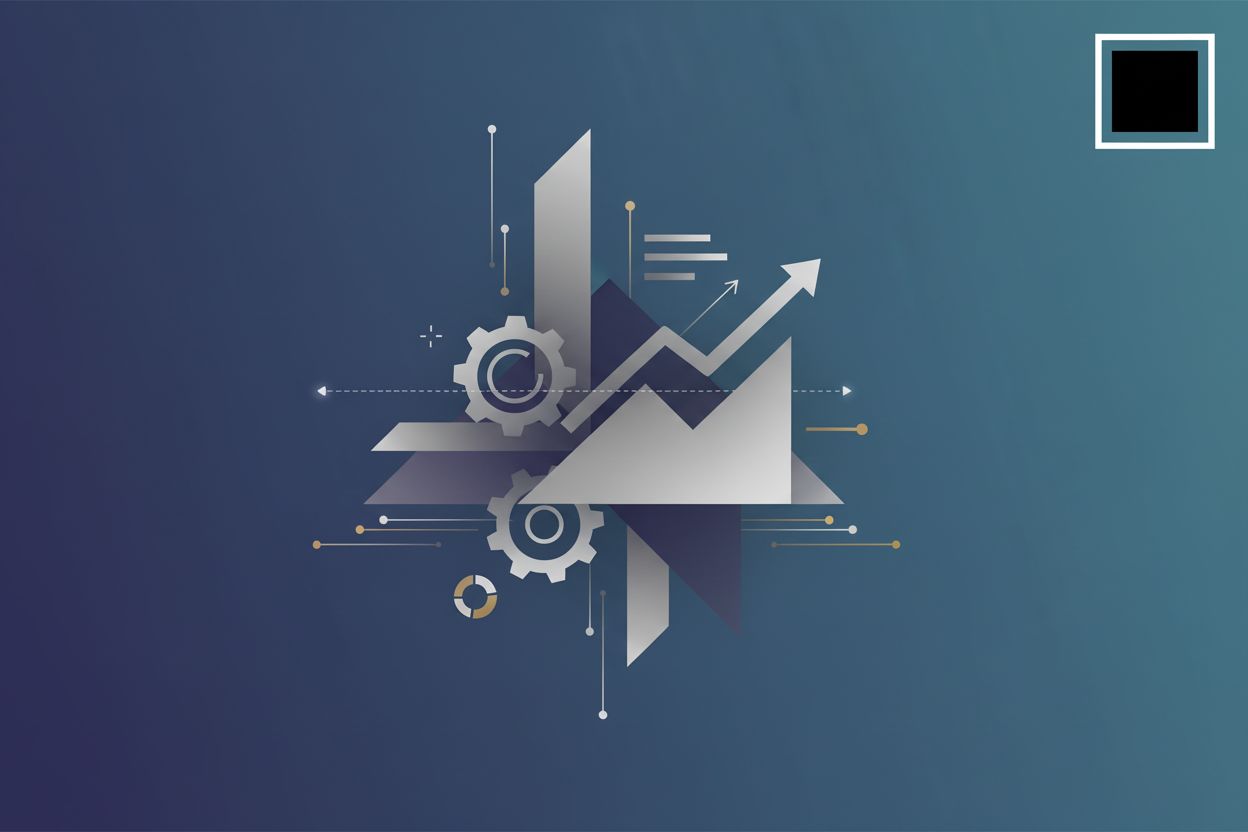Unlock Hyper-Personalization How AI Transforms Marketing
TL;DR
The AI Personalization Revolution Marketing Transformed
Okay, so you're probably wondering how ai is changing marketing, right? It's not just hype; things are really shifting.
- Traditional marketing used to rely on broad strokes, like demographics. But that's, like, so yesterday.
- Now, ai can analyze tons of data – browsing history, purchases, social media activity – to understand individual behaviors.
- This means moving from guessing what people want to actually knowing what they want, which is kinda mind-blowing, right?
- It's not just about reacting to what customers did, but anticipating what they will do. It's, like, having a crystal ball, but, you know, with algorithms.
ai-driven personalization is about using artificial intelligence to tailor marketing to you, the individual. It goes way beyond basic data, using machine learning to predict and adapt to your behavior in real-time. it's like the marketing is reading your mind—kinda creepy, but also super effective.
This processing power allows companies to identify unique patterns that are nearly impossible for humans to spot. As the ai gathers more data, it gets smarter, making better predictions, constantly adapting, and becoming more accurate.
Think about how streaming services recommends shows. They're not just guessing; they're using ai to analyze what you've watched and what similar users enjoyed. This leads to better recommendations and more binge-watching, of course.
As IBM notes, AI-driven personalization is now used across industries to create relevant product recommendations and contextually appropriate experiences at scale.
So, how do we keep the "personal" in personalization? Well, that's what we'll get into next...
Benefits Unleashed How AI Amplifies Marketing Impact
Did you ever stop to think about how ai is changing the game for marketing? It's not just about fancy tech; it's about getting real results.
ai's ability to really understand what customers want, almost like reading their minds—it ensures they get content and offers that, like, really speak to them. Gone are the days of generic marketing.
It's all about consumers getting content and offers that resonate with individual needs and desires.
Today's tech-savvy peeps demand unique experiences, so generic campaigns are basically obsolete.
With ai, marketing is achieving better conversion rates and keeping customers around longer through super-precise targeting. It helps reach vast audiences with tailored content, making marketing efforts way more effective.
Brands can now provide personalization at scale, which means more targeted content to more people, which is pretty awesome.
ai's ability to make decisions based on real-time data, ensures marketing is timely and relevant.
Imagine a small online clothing store. Instead of sending the same email to everyone, they use ai to analyze past purchases and browsing history. Customers who bought sweaters last winter get emails about new sweater styles, while those who bought summer dresses see promotions for new arrivals. It's relevant, personal, and way more likely to drive sales!
So, how does ai actually make this happen? Well, we'll dive into the nitty-gritty of keeping it personal...
Real-World AI Applications Marketing in Action
Did you ever wonder how those ads seem to know exactly what you're thinking about buying? ai is making marketing smarter, and it's happening all around us.
- Amazon uses ai to suggest products you'd like, based on what you've looked at before. It's like they know your shopping list better than you do!
- Netflix and Spotify, they're using ai to pick shows or songs based on what you've enjoyed, and even what users with similar tastes are into.
- ai-driven chatbots are becoming more common, offering personalized help and predicting your need based on past chats.
think about it: When you're browsing Amazon, the suggestions aren't random; they're carefully picked by algorithms learning your habits.
But, there's a catch - all this personalization relies on tons of your data.
- There's a fine line between making things convenient and invading your privacy.
- Brands gotta be upfront about how they use your data and get your okay first.
- Putting a transparent data privacy framework in place is key, with clear policies and regular check-ups.
It's like walking a tightrope and companies must make sure they're not crossing the line.
So, what's next? We'll dive into how ai is reshaping customer experiences in the real world.
Striking Balance The AI Human Touch
Okay, so how do we make sure ai doesn't totally take over and marketing still feels, you know, human? It's all about striking that sweet spot.
- Define roles: Figure out what ai's good at (data stuff, automation) and what humans are good at (creative ideas, customer service). Don't have the bots writing poetry, okay?
- Personalize with ai, engage with humans: Use ai to get insights, then have real people do the talking. ai can help you target ads, but a human should answer those customer questions.
- Upskilling and training: Train your team to work with ai, not against it. They need to understand the data and use it to make things better, not just blindly follow what the ai says.
For example, a hospital might use ai to personalize appointment reminders, but a nurse should still call to check in after a procedure. It's that human touch that matters.
If you're a chief marketing officer (cmo) trying to figure out this ai thing, consider partnering with a creative digital agency.
- A good agency, like GetDigitize, can help you build a brand that resonates even in an ai-driven world. They get how to use ai for effective marketing campaigns.
- They can also help you design websites and user interfaces that are personalized but still user-friendly.
- Check out GetDigitize to see how they're using ai to transform brands.
Now, how do you make sure all this ai stuff is actually working? We'll dive into the metrics next.
AI-Driven Personalization Types Key Strategies
AI-driven personalization isn't just one thing; it's a bunch of different strategies working together. So, how do these AI personalization types actually work? Let's break it down, shall we?
Predictive personalization is like having a marketing crystal ball. It uses past data to guess what you'll want in the future.
This helps companies send you content, product suggestions, or marketing messages that are actually relevant. Think reducing customer churn, boosting sales, and improving recommendations.
For instance, streaming services use this to figure out what shows you might binge-watch. Pretty neat, huh?
Dynamic personalization is all about real-time adaptation. It changes based on what you're doing right now.
Content, offers, and recommendations adjust to match your actions and preferences. It's like the website is reading your mind—kinda spooky, but effective.
spotify, for example, they're dynamically updating playlists based on your listening habits.
These engines use your past behavior to suggest things you might like. It's like having a personal shopper!
Collaborative filtering suggests things based on what similar users like. And content-based filtering suggests things similar to what you've already liked.
Some systems even use hybrid models, combining both to make even better recommendations.
These are just a few of the ways ai is making marketing more personal. Next up, we'll dive into some key strategies for making all this work.
AI in Action Case Studies Industries Transformed
AI is changing everything, right? Let's dive into how it's shaking up industries with some real-world examples.
Nike uses ai to personalize your shopping experience. They use data to recommend products you might like and even help you find the right shoe size. Think about it; a 40% increase in conversion rates? Pretty cool, huh?
Sephora uses ai to recreate a personal shopping experience online. It helps you try on makeup virtually. It's like having a makeup artist right on your phone.
Customers expect personalization now. According to Forbes, 63% of them expect it when shopping online.
JPMorgan Chase is using ai to offer personalized financial advice. They analyze customer data to suggest investments and banking solutions.
Bank of America uses virtual assistants like Erica to help customers. They provide spending summaries and payment reminders. I mean—who couldn't use a little help with that?
Customers want personalized services from their banks. Almost 40% of customers say they'd jump ship if they don't get it.
Hilton uses ai to personalize your room experience with its Connected Room initiative. You can control temperature, lighting, and entertainment from your phone.
they can then use ai to collect and analyze guest preferences. It's all about improving your stay.
So, you see, ai is changing how brands connect with customers everywhere. it's all about making things more personal and relevant. Now, lets talk about how ai is shaking up marketing...








